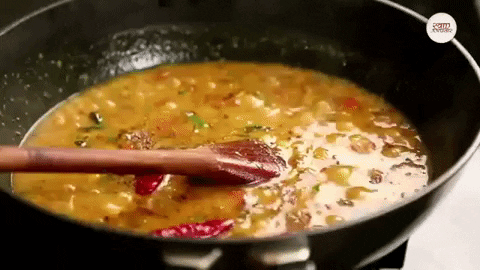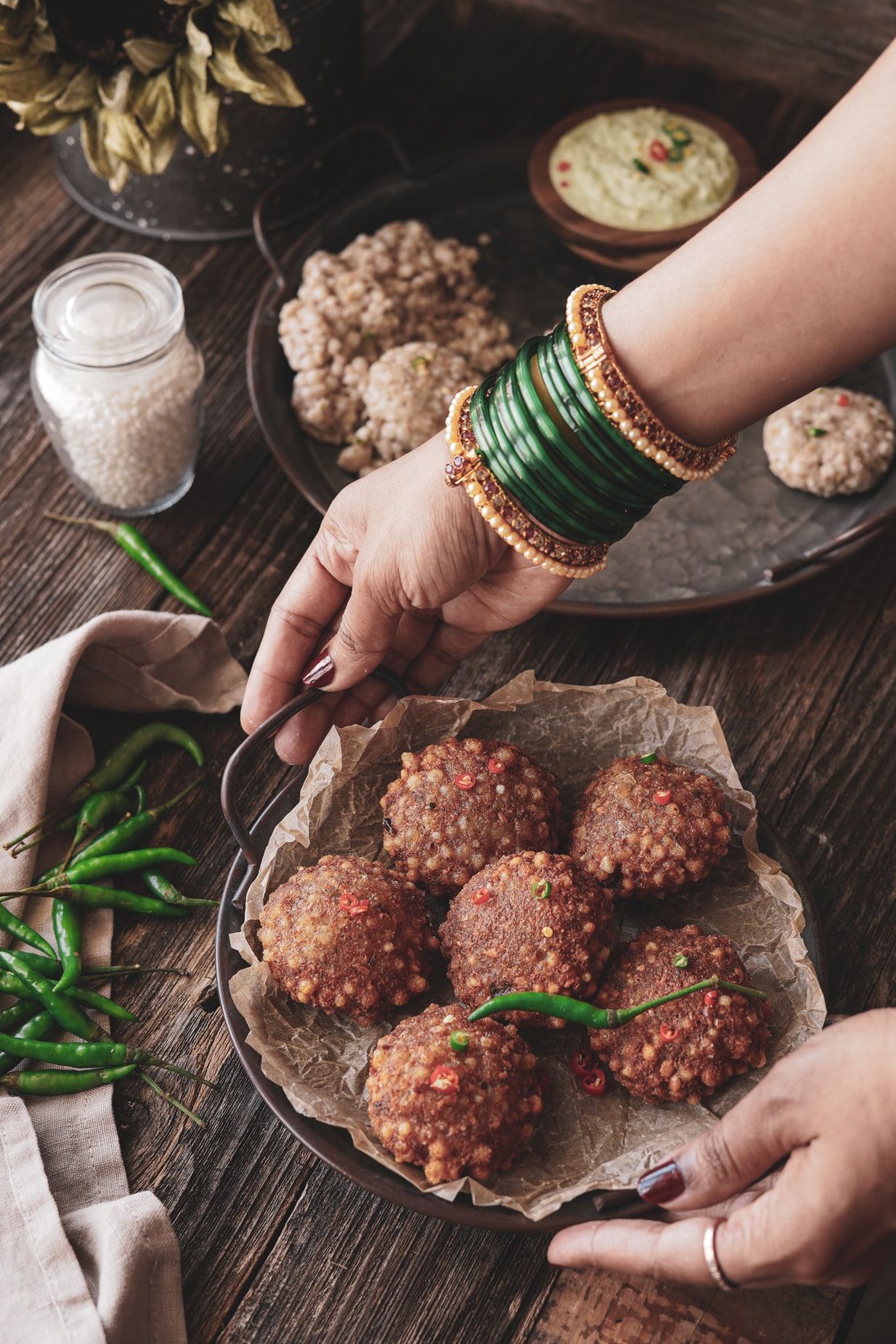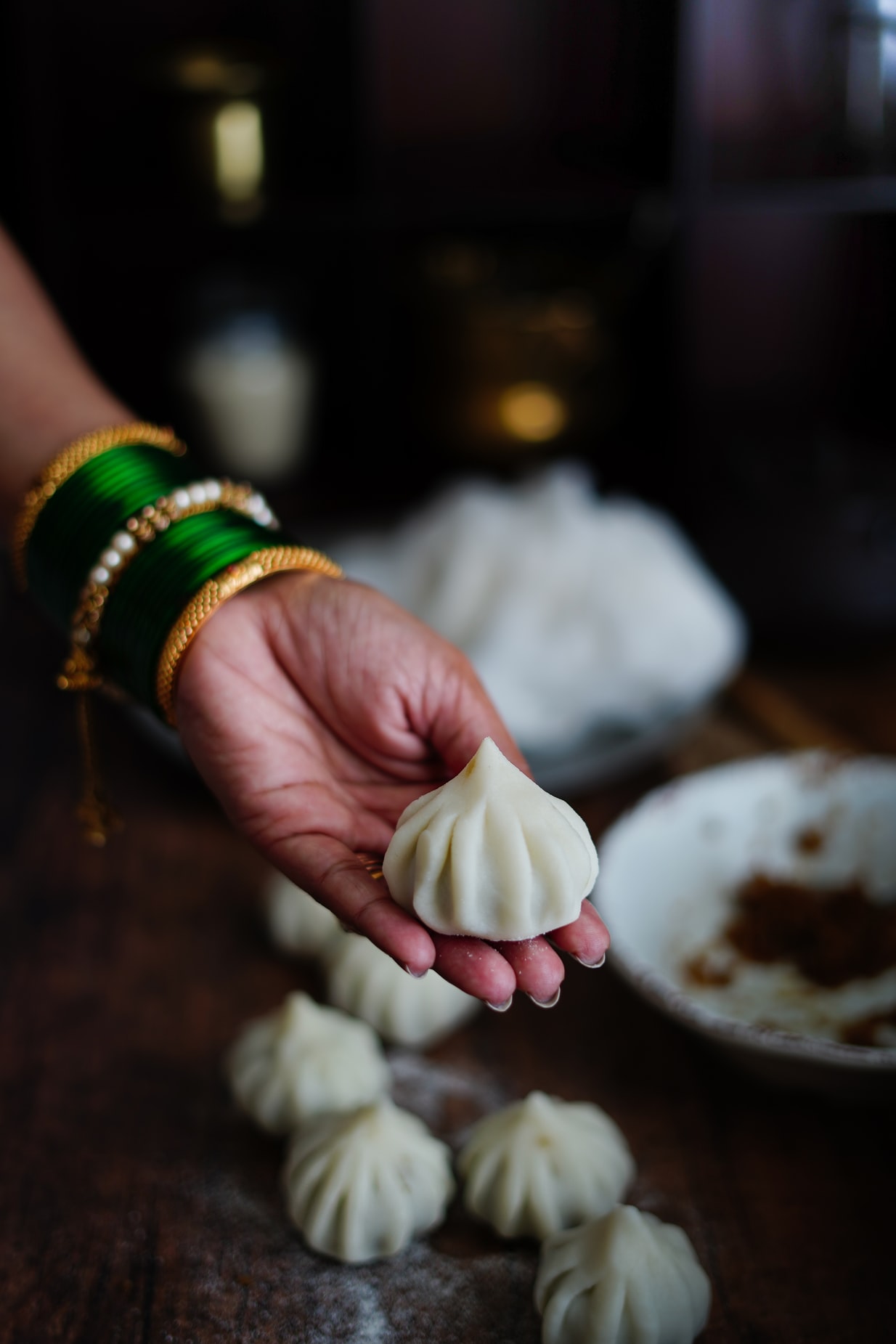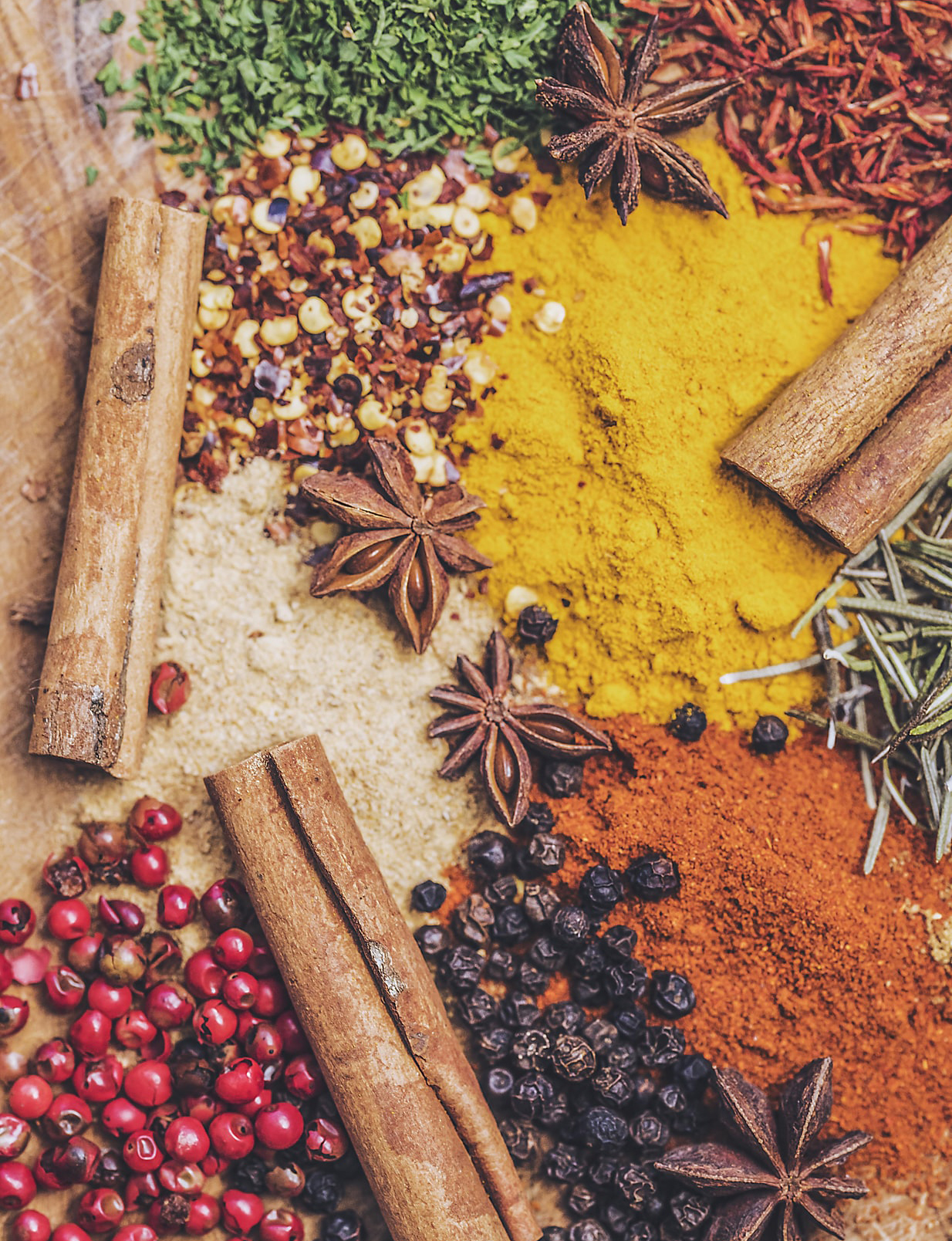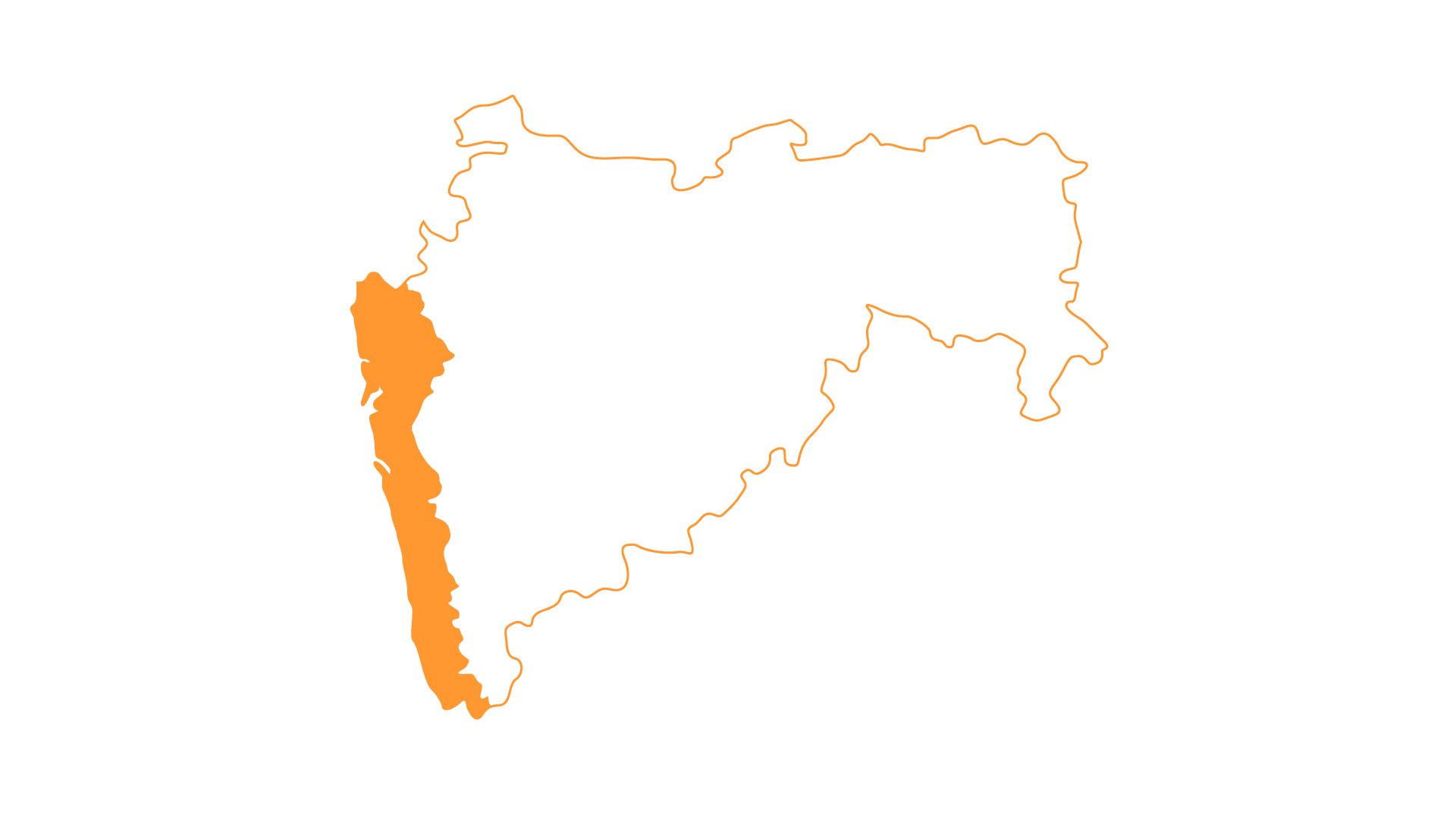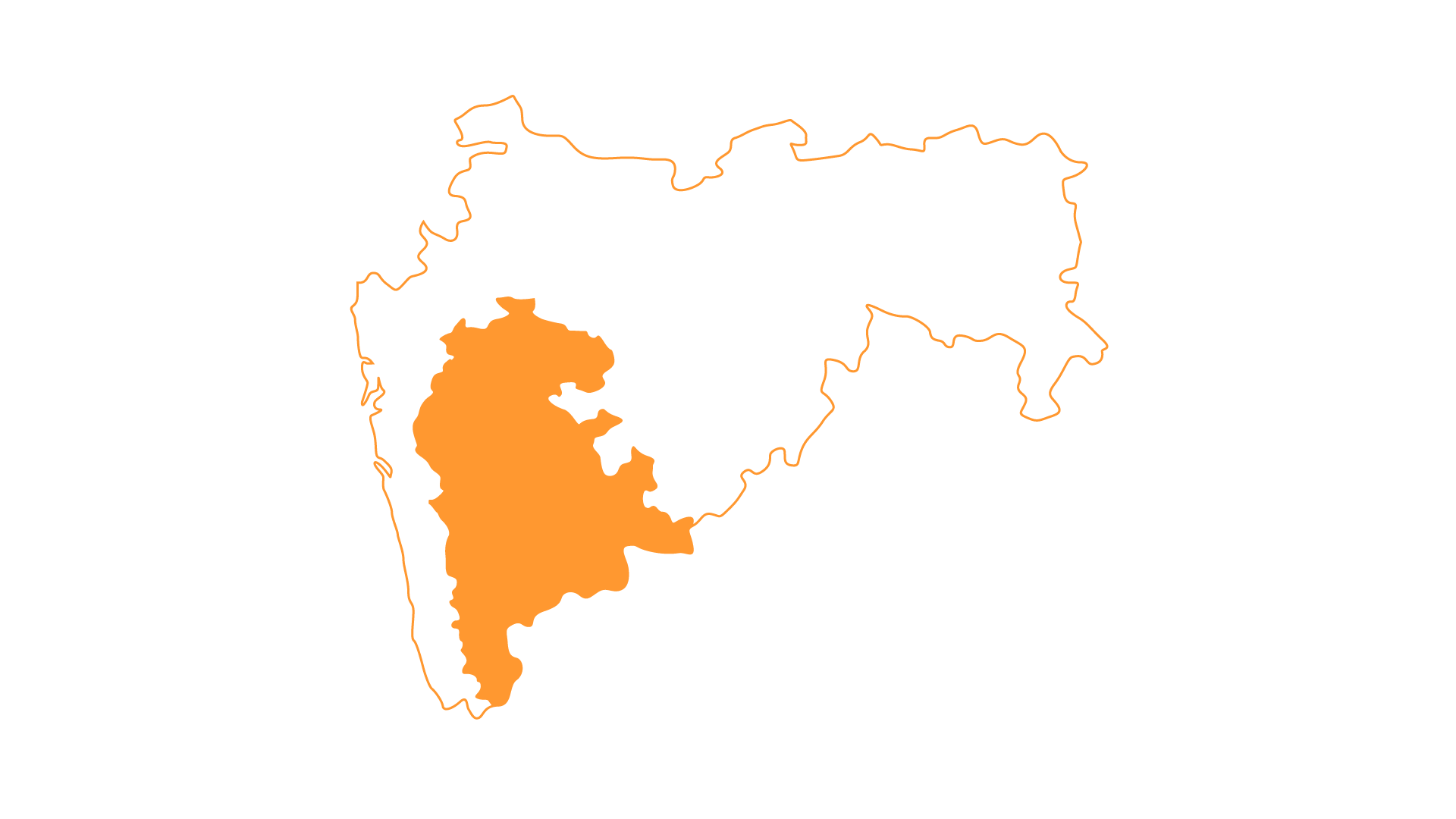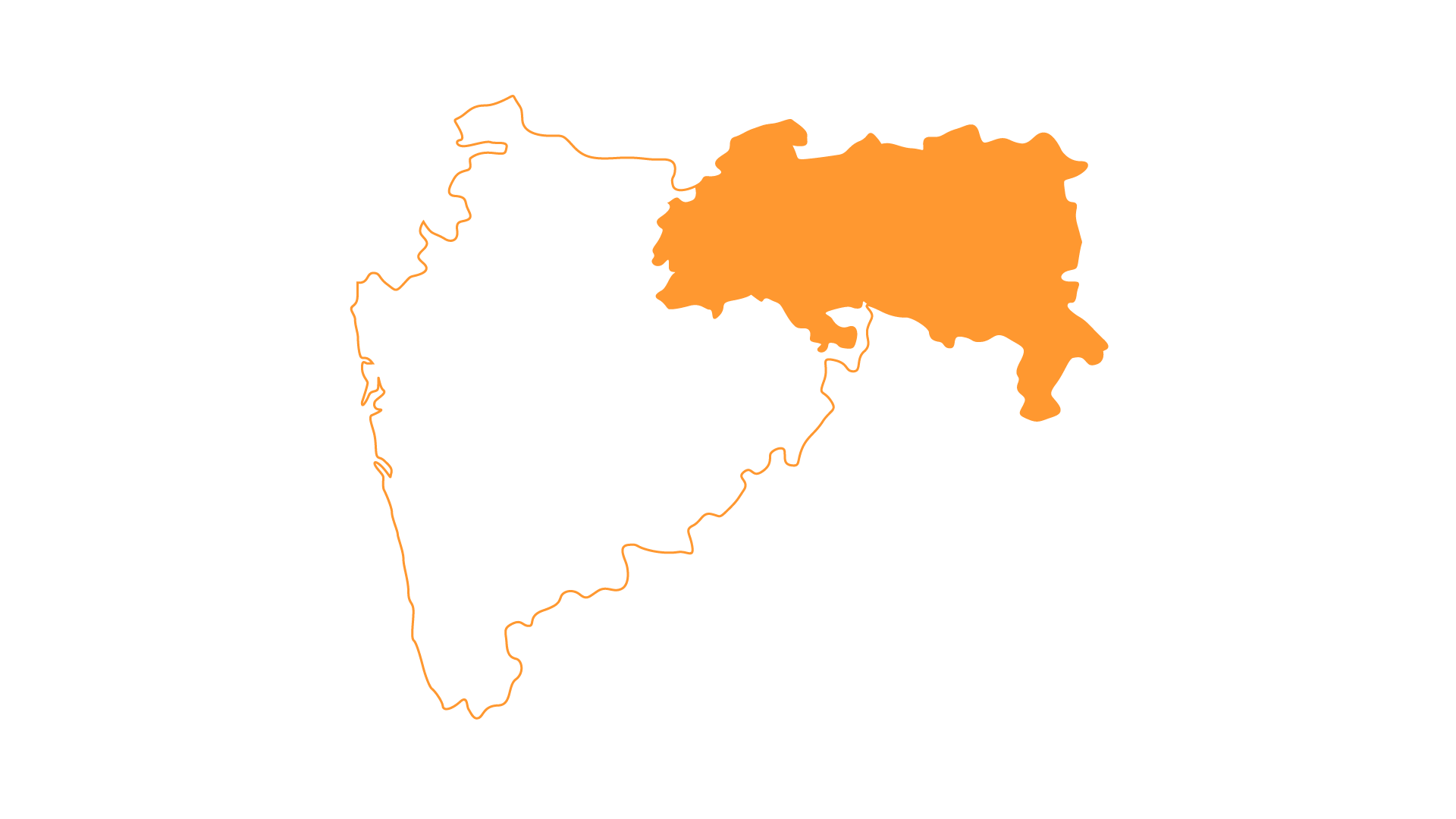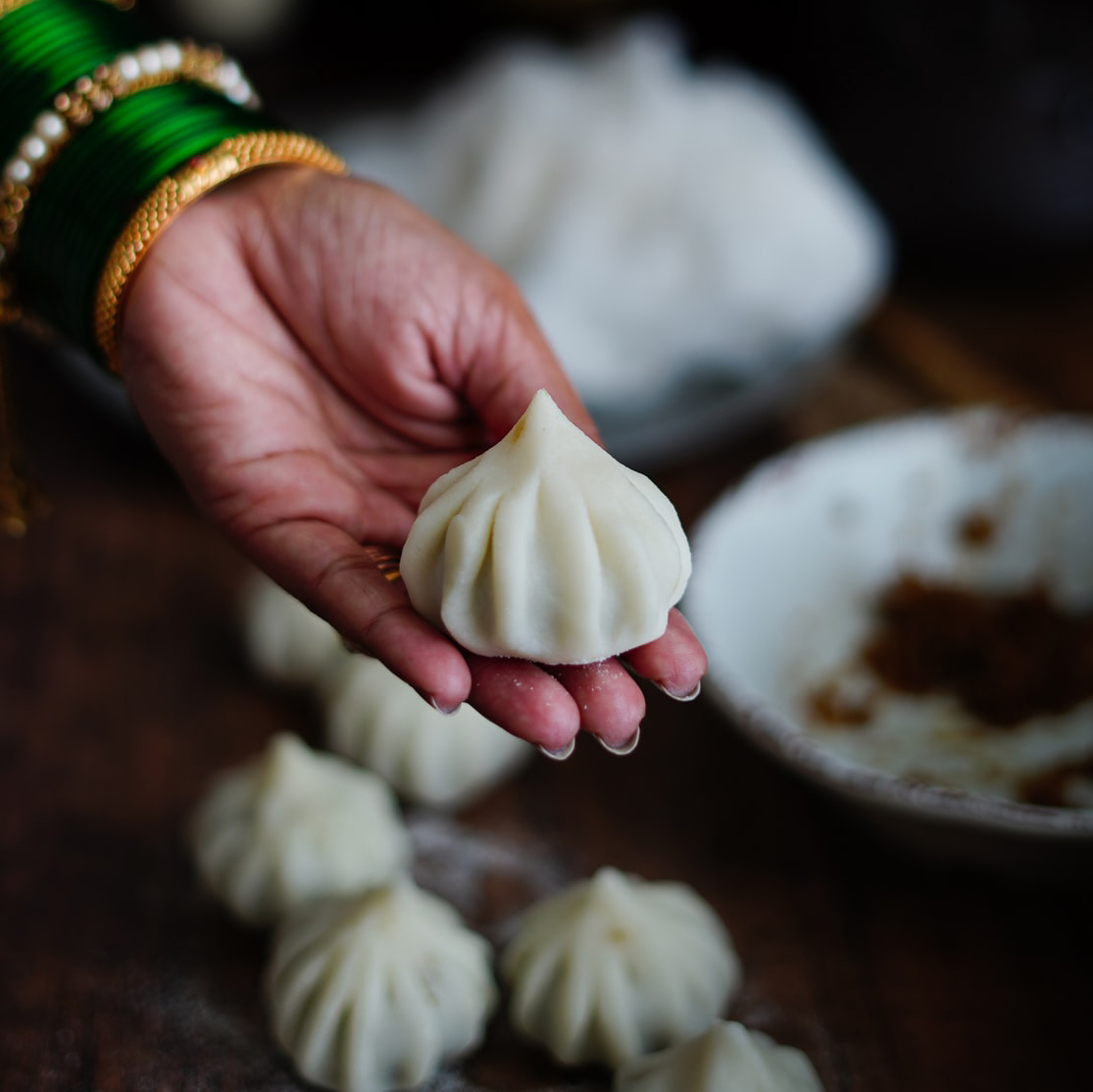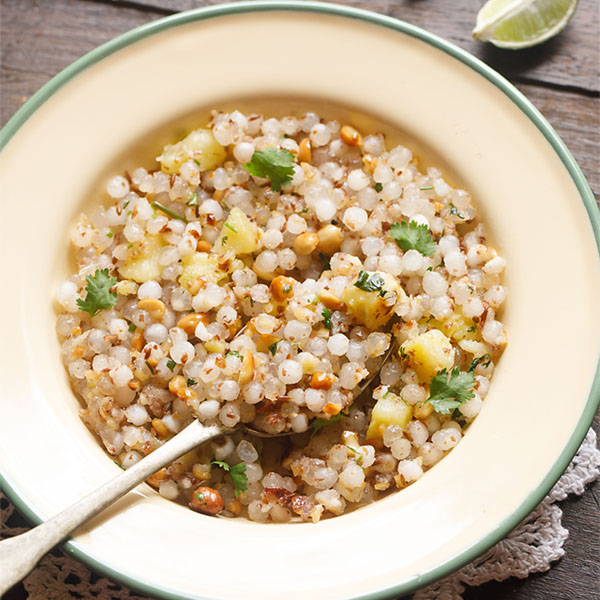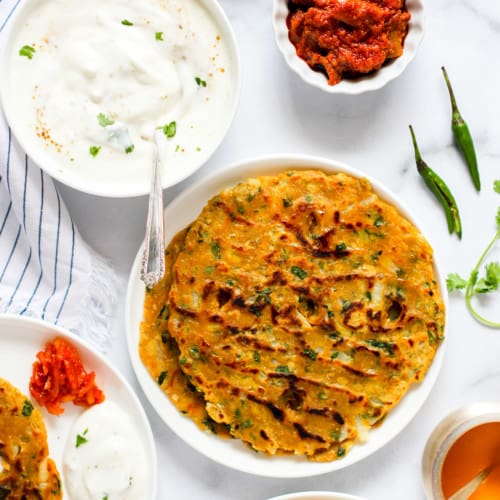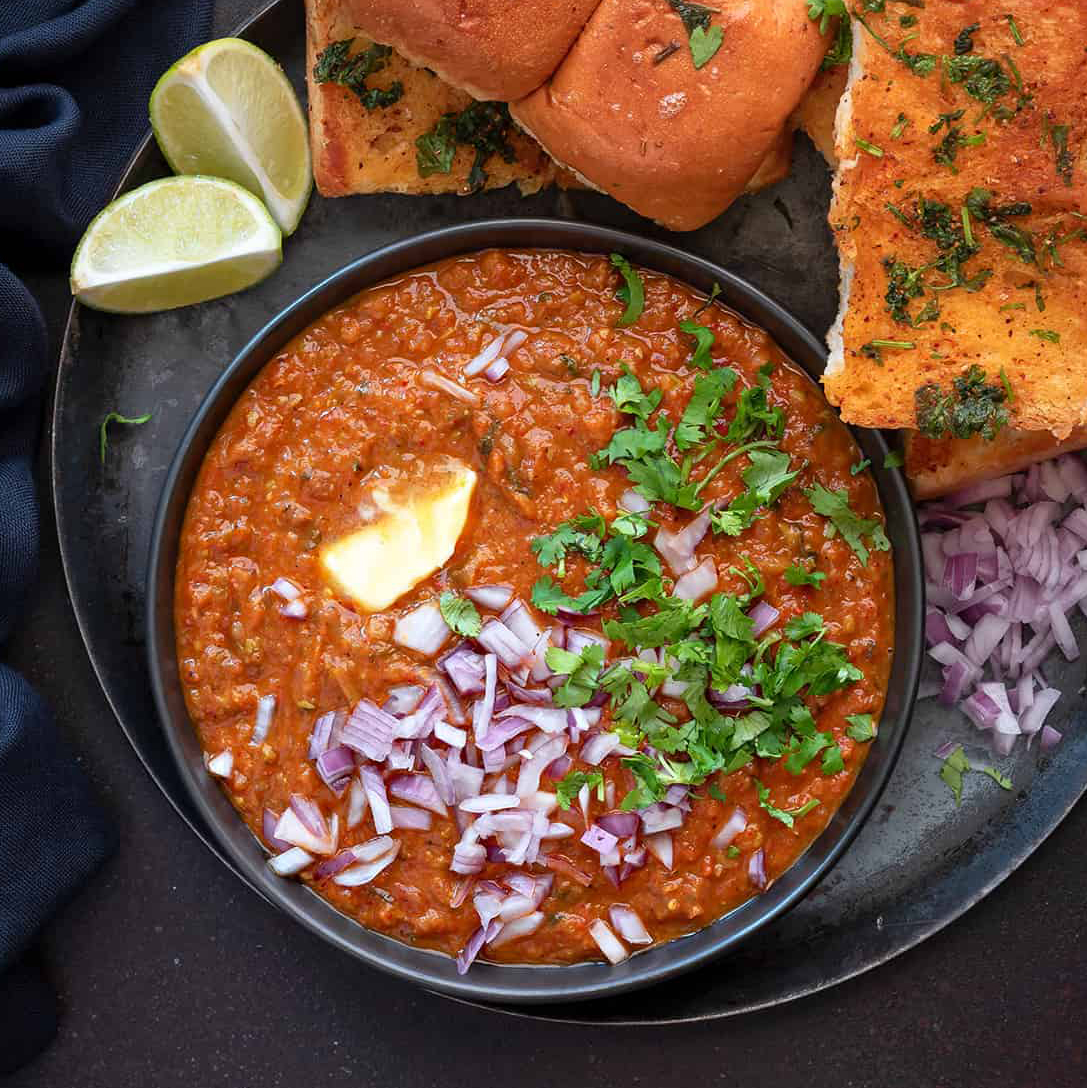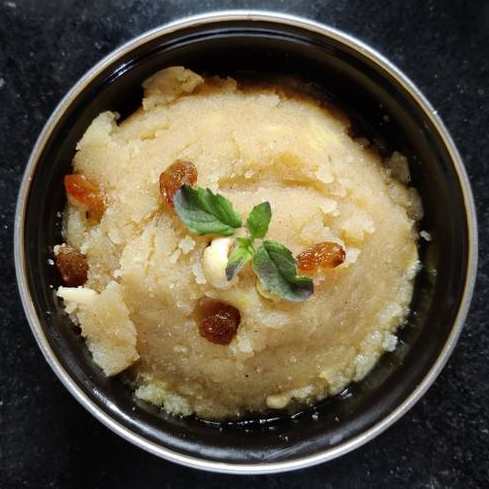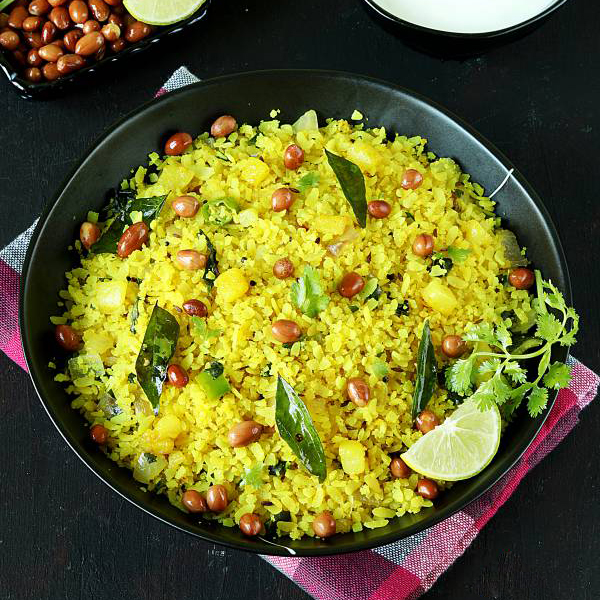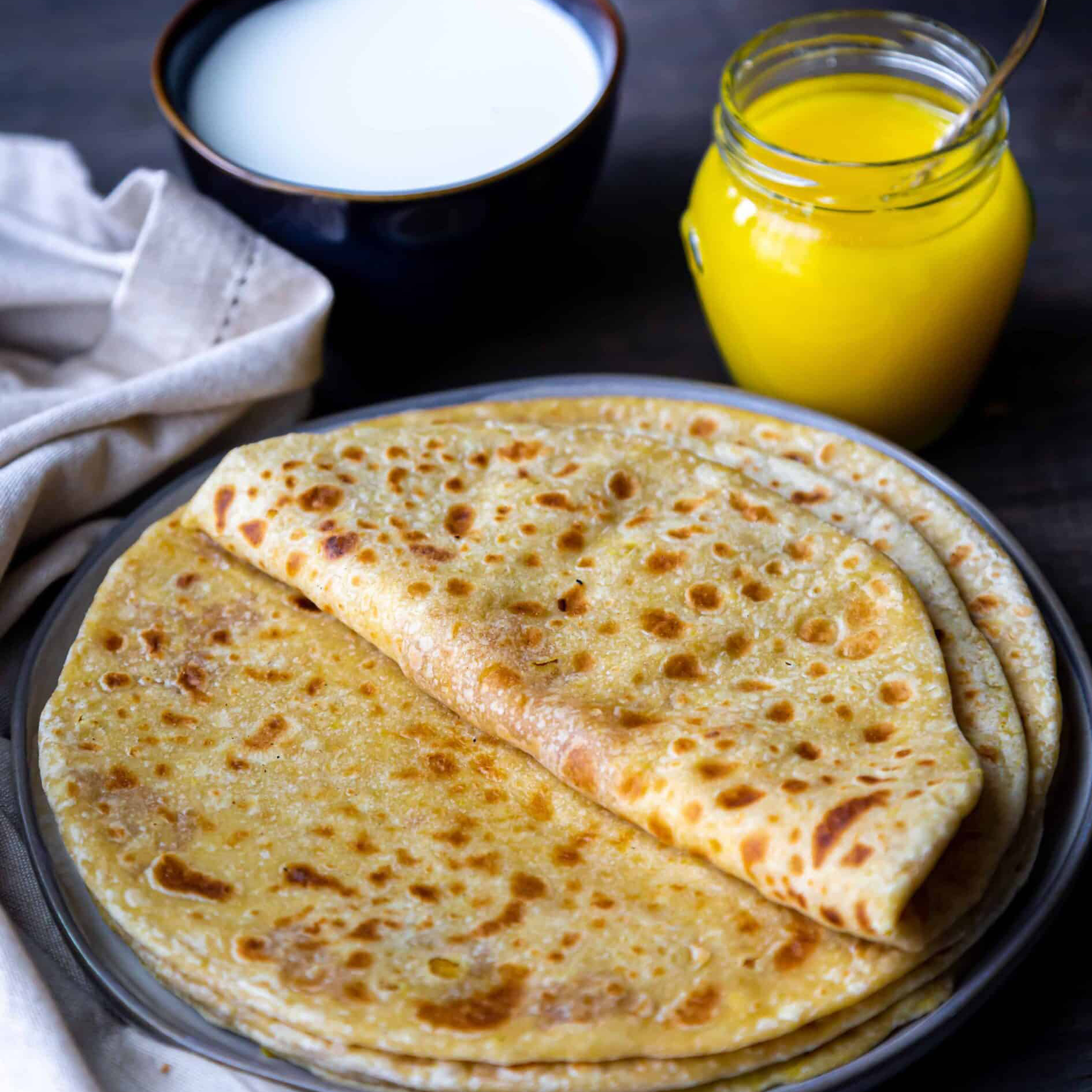The traditional way of setting a platter is known as Taat Vadhany in which all the dishes and accompaniments of a thali (platter) are arranged in a particular order. While salt is placed at the top-centre of the Taat (plate), the dessert occupies the left side of the base. To the left of the salt are served accompaniments to the main meal such as a lemon wedge, chutney, salad etc., and to its right are served the vegetables and the main course or curry, followed by papad and bhakris. Rice is always served in an evenly shaped mound, garnished with ghee.
One of the most beloved and homely dishes of the state is aamti—a Maharashtrian rendering of the common daal. This variety of daal is made out of toor. The use of kokum or tamarind, coconut and jaggery provide this dish with its characteristic sweet, tangy and spicy flavour. However, the most important ingredient is the goda masala - a unique blend of spices including cumin, cinnamon, pepper, coriander, ajwain, cloves and sesame (to name a few).
Another popular dish, which is as much a part of the regular household menu as of feasts and special occasions, is Bharli Vangi. The dish is prepared by stuffing raw eggplant with a lip-smacking mixture of coconut, peanuts, goda masala, tamarind and onions. The stuffed eggplants are cooked until they absorb the flavour of the spices and attain a soft texture. The dish is best enjoyed with bhakris or flatbreads made (most commonly) out of jowar, bajri and (sometimes) wheat.
Maharashtrian food is nutrient-rich and prepared in a manner to preserve the goodness of the ingredients. An example of such a wholesome dish is usal which is prepared with a variety of sprouted beans or legumes such as moong beans, green peas and black gram. The legumes are steamed under pressure and tomatoes, coconut, onions, ginger and garlic are added to it. This curried dish pairs incredibly well with soft bhakris and pavs (bread). Tomato Saar is a mild and soothing soup of tomatoes, coconut and spices.
Another quintessential comfort dish is Metkut Bhat. Metkut is a powder prepared out of lentils, grains and spices and is found on the shelves of most Marathi households. Metkut with rice or khichdi, tempered by a dollop of ghee is the perfect remedy for the ailing body as well as the soul.




